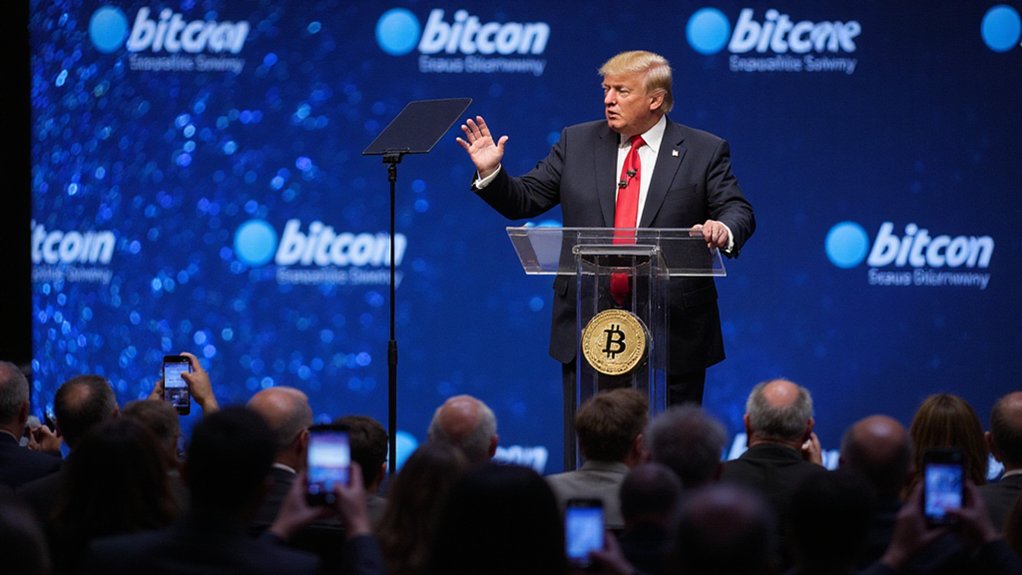Rarely does a market segment display such relentless appetite for an asset trading at successive all-time highs, yet Bitcoin’s retail investors—those diminutive “shrimp” holding less than one Bitcoin, industrious “crabs” accumulating between one and ten coins, and the more substantial “fish” hoarding up to 100 BTC—continue their methodical purchase of approximately 19,300 Bitcoin monthly, a figure that comfortably exceeds the post-halving supply of 13,400 BTC entering circulation.
This price-agnostic accumulation persists even as Bitcoin pierces $122,884, suggesting either remarkable conviction or spectacular disregard for traditional valuation metrics. The mathematics prove straightforward: when demand consistently outstrips supply by roughly 44%, upward price pressure becomes inevitable—until it doesn’t.
Meanwhile, mid-tier holders wielding 100-1,000 BTC (hedge funds and affluent individuals) have quietly expanded their market share from 22.9% to 23.07% between January and April 2025, with their accumulation rate accelerating from 20.8% in October 2024 to 22.5% by December.
Mid-tier Bitcoin holders have methodically increased their market dominance while accelerating accumulation rates throughout the bull market’s ascent.
These sophisticated actors appear strategically positioned, absorbing supply during macroeconomic uncertainty rather than capitulating—a behavior that stabilizes prices and mitigates deeper corrections.
The institutional-retail divide has reached a record 30 percentage points, with institutions maintaining 67% allocation to blue-chip cryptocurrencies while retail investors chase memecoins and altcoins, reducing Bitcoin allocation to merely 37%.
This divergence reflects market maturation: institutions treating Bitcoin as a macro-asset while retail pursues speculative innovation. The quarter’s performance showcased how security breaches at major exchanges can amplify retail sentiment shifts, creating additional layers of complexity in market dynamics. Corporate adoption of bitcoin treasuries is accelerating as approximately 135 public companies now hold bitcoin as a reserve asset, fundamentally altering the demand landscape.
Yet this very enthusiasm may contain the seeds of its own disruption. History suggests that parabolic rallies, particularly those sustained by price-indifferent buyers, often culminate in sharp corrections. The current environment exhibits classic characteristics of a bull run, with heightened trading volumes and intense FOMO-driven participation that historically precede market corrections.
The relentless accumulation that currently supports Bitcoin’s ascent could transform into panic liquidation should sentiment shift or external catalysts emerge.
The paradox remains striking: retail demand’s insatiable nature simultaneously propels Bitcoin toward unprecedented heights while potentially creating conditions for spectacular reversals.
As regulatory developments and macroeconomic factors continue influencing market dynamics, the question becomes not whether retail’s voracious appetite will eventually cool, but whether the market can withstand the thermal shock when it inevitably does.









